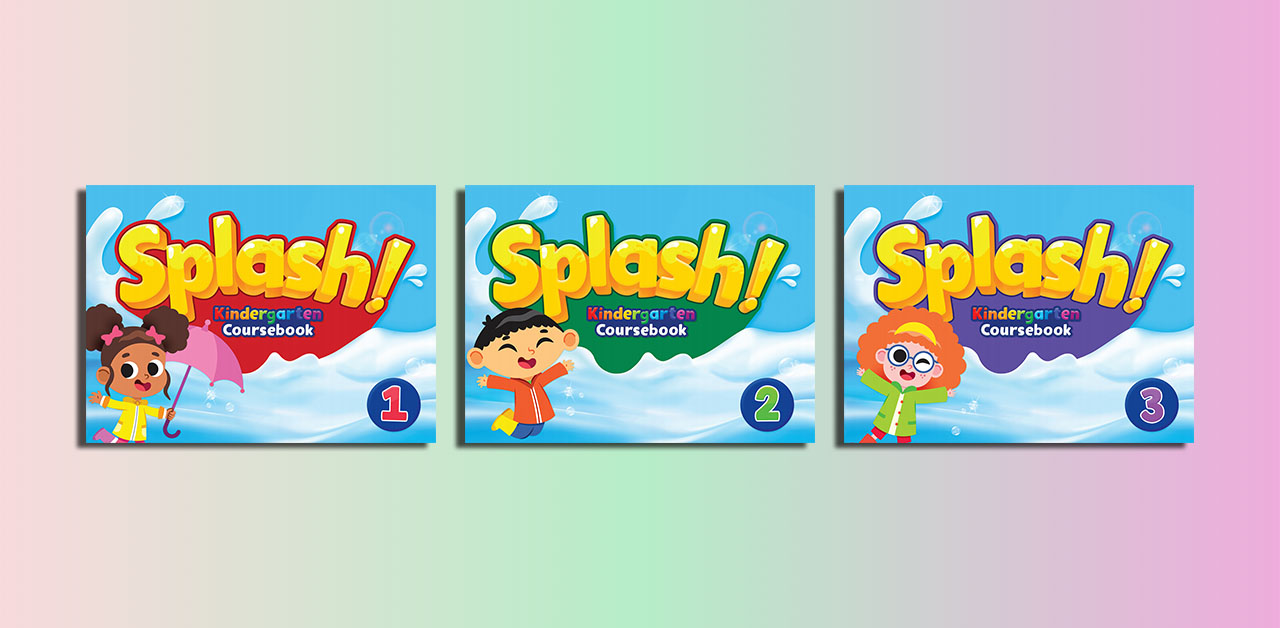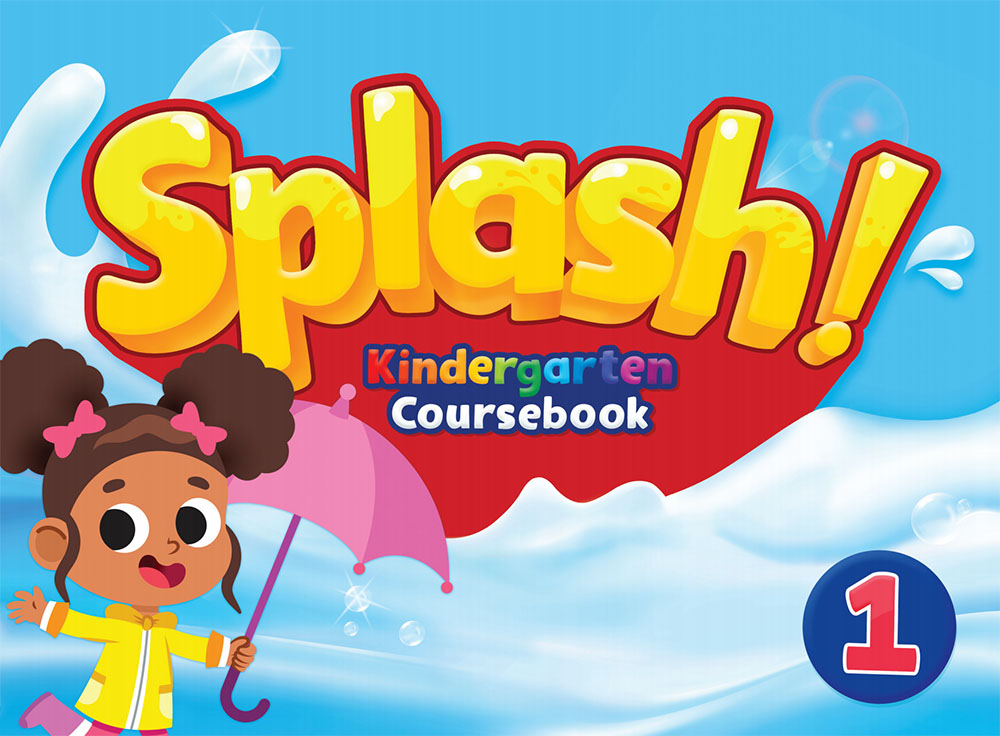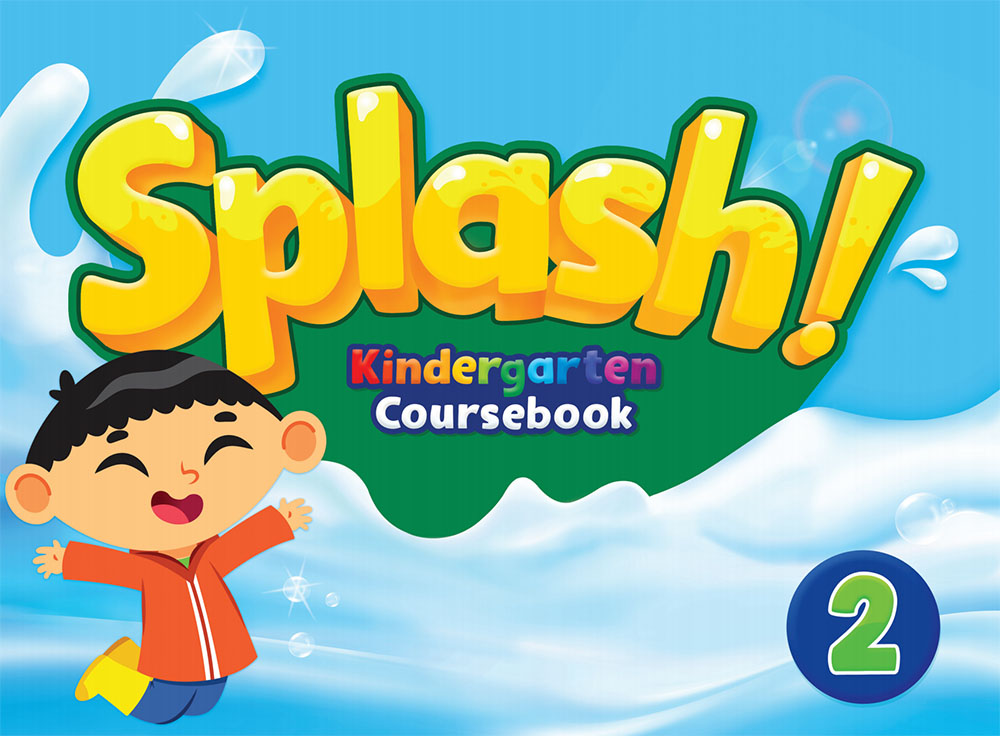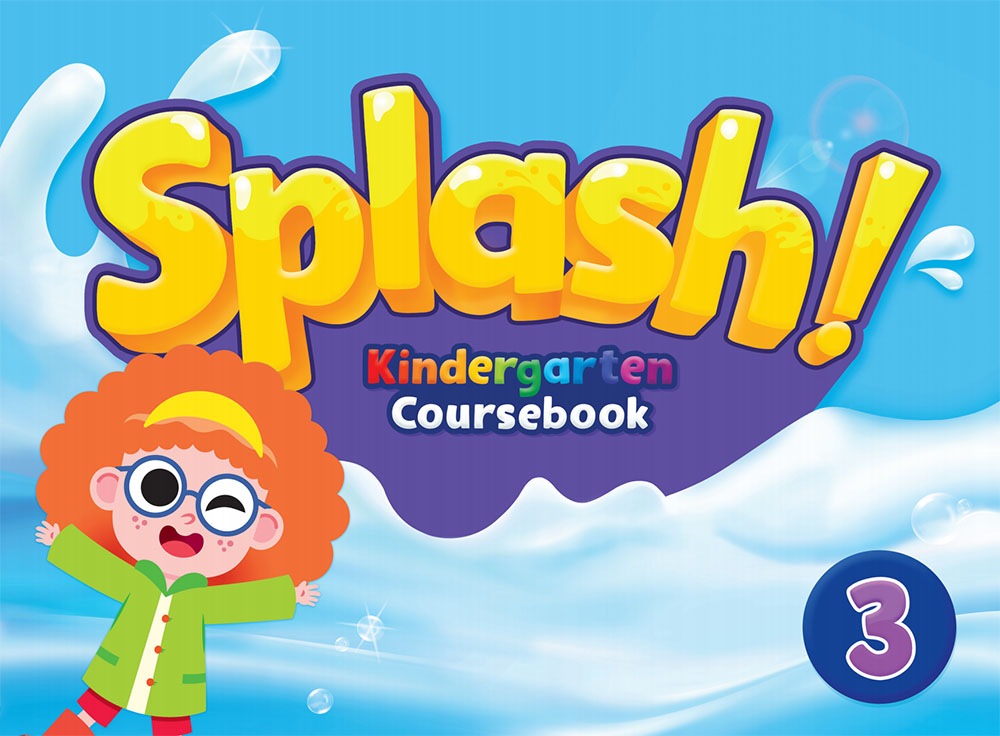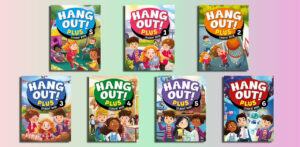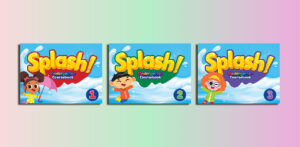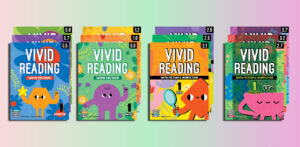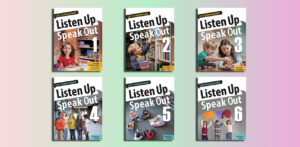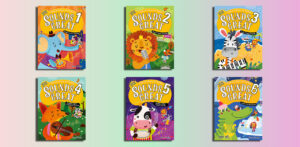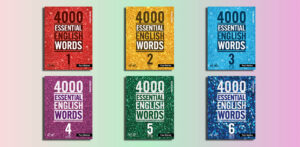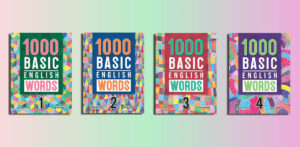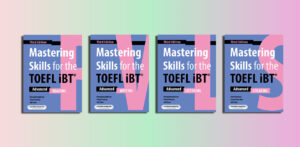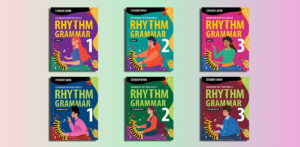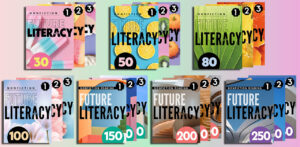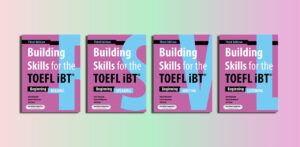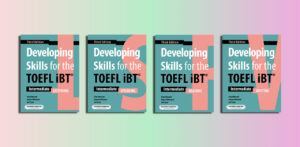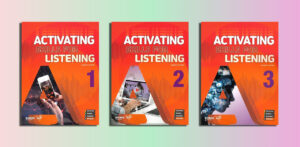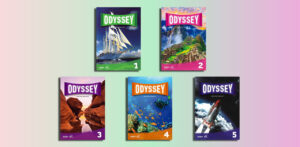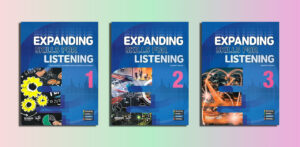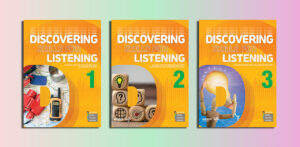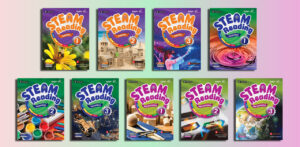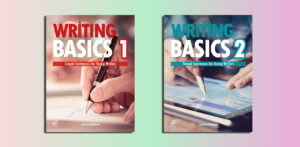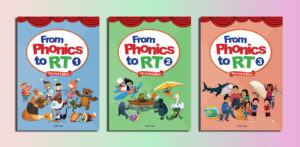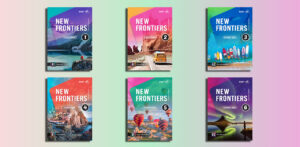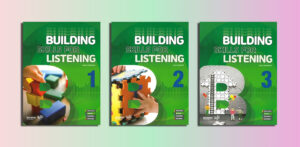Splash Kindergarten Coursebook (PDFs, Resources)
Level 1 (Pre A1)
Splash Kindergarten Coursebook 1 Answer Key.docx
Splash Kindergarten Coursebook 1 Audio.zip
Splash Kindergarten Coursebook 1 ETC.zip
Splash Kindergarten Coursebook 1 Final Test.zip
Splash Kindergarten Coursebook 1 Lesson Plan.zip
Splash Kindergarten Coursebook 1 Midterm Test.zip
Splash Kindergarten Coursebook 1 Syllabus.zip
Splash Kindergarten Coursebook 1 Teacher’s Guide.pdf
Splash Kindergarten Coursebook 1 Transcripts.docx
Splash Kindergarten Coursebook 1 Unit Test.zip
Splash Kindergarten Coursebook 1 Word List.xls
Splash Kindergarten Coursebook 1 Word List.zip
Splash Kindergarten Coursebook 1 Writing Worksheets.pdf
Splash Kindergarten Coursebook 1.pdf – Sample: Click
Level 2 (Pre A1)
Splash Kindergarten Coursebook 2 Answer Key.docx
Splash Kindergarten Coursebook 2 Audio.zip
Splash Kindergarten Coursebook 2 ETC.zip
Splash Kindergarten Coursebook 2 Final Test.zip
Splash Kindergarten Coursebook 2 Lesson Plan.zip
Splash Kindergarten Coursebook 2 Midterm Test.zip
Splash Kindergarten Coursebook 2 Syllabus.zip
Splash Kindergarten Coursebook 2 Teacher’s Guide.pdf
Splash Kindergarten Coursebook 2 Transcripts.docx
Splash Kindergarten Coursebook 2 Unit Test.zip
Splash Kindergarten Coursebook 2 Word List.xls
Splash Kindergarten Coursebook 2 Word List.zip
Splash Kindergarten Coursebook 2 Writing Worksheets.pdf
Splash Kindergarten Coursebook 2.pdf – Sample: Click
Level 3 (Pre A1)
Splash Kindergarten Coursebook 3 Answer Key.docx
Splash Kindergarten Coursebook 3 Audio.zip
Splash Kindergarten Coursebook 3 ETC.zip
Splash Kindergarten Coursebook 3 Final Test.zip
Splash Kindergarten Coursebook 3 Lesson Plan.zip
Splash Kindergarten Coursebook 3 Midterm Test.zip
Splash Kindergarten Coursebook 3 Syllabus.zip
Splash Kindergarten Coursebook 3 Teacher’s Guide.pdf
Splash Kindergarten Coursebook 3 Transcripts.docx
Splash Kindergarten Coursebook 3 Unit Test.zip
Splash Kindergarten Coursebook 3 Word List.xlsx
Splash Kindergarten Coursebook 3 Word List.zip
Splash Kindergarten Coursebook 3 Writing Worksheets.zip
Splash Kindergarten Coursebook 3.pdf – Sample: Click
Overview of “Splash! Kindergarten Coursebook” by Compass Publishing
Contents
- 1 Overview of “Splash! Kindergarten Coursebook” by Compass Publishing
- 2 Who is suitable for “Splash Kindergarten Coursebook”?
- 3 The benefits of “Splash Kindergarten Coursebook”
- 4 Effective learning strategies for “Splash Kindergarten Coursebook”
- 5 Effective teaching strategies for “Splash Kindergarten Coursebook”
| ✅ Coursebook: | Splash Kindergarten Coursebook |
| ✅ Publisher: | Compass Publishing |
| ✅ Levels: | Pre A1 |
| ✅ English type: | International English |
| ✅ For: | Preschool |
| ✅ Publication year: | 2022 |
The Splash! Kindergarten Coursebook series, published by Compass Publishing, is a three-level English learning program designed for pre-kindergarten and kindergarten students (Pre-A1 CEFR level). It aims to introduce young learners to English through engaging, age-appropriate content while preparing them for school and fostering an understanding of the world around them. The series features characters—Lulu, Tony, Ana, Bonnie, and Harry—who guide students through a structured and fun learning journey.
Key Features:
Target Audience: Pre-K and kindergarten students, focusing on foundational English skills.
Three Levels:
- Coursebook 1 (Author: Joanne Mattern): Introduces basic vocabulary, simple grammar, and concepts through familiar themes, using songs, chants, and interactive exercises.
- Coursebook 2 (Author: Peter Chin): Builds on the first book with expanded vocabulary, grammar, and additional topics like math and values education.
- Coursebook 3 (Author: Matthew Broadhurst): Further develops language skills with more advanced vocabulary, grammar, and broader topics.
Thematic Content: Units focus on relatable topics such as animals, colors, family, and daily routines, making learning intuitive and engaging.
Phonics Emphasis: Structured phonics lessons teach letter sounds and word recognition to build early literacy skills.
CLIL Integration: Includes Content and Language Integrated Learning (CLIL) pages that combine English with subjects like math, science, and social studies, broadening students’ knowledge.
Values Education: Activities and stories promote social and emotional development, teaching values like kindness, respect, and sharing.
Motor Skills Development: Activities are designed to enhance fine and gross motor skills, supporting physical development.
Multimedia Support: Each unit includes live-action and animated videos, chants, and songs based on familiar nursery rhymes to engage students. Audio files, word lists, transcripts, and teacher resources are available for download.
Creative Projects: Hands-on project activities in each unit encourage creativity and critical thinking.
Digital Resources: Offers a comprehensive digital package, including interactive whiteboard materials, worksheets (phonics, math, writing), flashcards, coloring pages, and assessments (unit tests, midterm, and final tests).
Educational Approach:
The series uses a child-centered approach, combining language learning with cognitive, social, and physical development. Its structured progression ensures gradual skill-building, while the interactive and multimedia elements make learning fun and effective for young learners. The inclusion of CLIL and values education sets it apart as a holistic tool for early education.
Splash! Kindergarten Coursebook 1
Who is suitable for “Splash Kindergarten Coursebook”?
The Splash! Kindergarten Coursebook series by Compass Publishing is suitable for:
- Young Learners: Specifically designed for pre-kindergarten and kindergarten students (ages approximately 3–6 years old).
- English Language Beginners: Ideal for children at the Pre-A1 CEFR level, with little to no prior English exposure, focusing on foundational skills like basic vocabulary, simple grammar, and phonics.
- Early Education Settings: Perfect for use in preschools, kindergartens, or early learning programs, both in native English-speaking and ESL/EFL environments.
- Children Developing Motor and Social Skills: Includes activities to enhance fine and gross motor skills and promotes values like kindness and sharing, making it suitable for holistic early childhood development.
- Teachers and Parents: Educators seeking structured, engaging materials with multimedia support (videos, songs, chants) and parents looking to supplement early English learning at home will find it accessible and effective.
The series’ thematic, interactive, and age-appropriate content makes it ideal for young children starting their English learning journey while fostering cognitive, social, and physical growth.
Splash! Kindergarten Coursebook 2
The benefits of “Splash Kindergarten Coursebook”
The Splash! Kindergarten Coursebook series by Compass Publishing offers numerous benefits for young learners, educators, and parents. Below is an overview of its key advantages:
1. Engaging and Age-Appropriate Language Learning
- Foundational English Skills: Introduces basic vocabulary, simple grammar, and phonics tailored for pre-kindergarten and kindergarten students (Pre-A1 CEFR level), making English accessible and fun for beginners.
- Thematic Content: Units cover relatable topics like animals, colors, family, and daily routines, which resonate with young learners and make language acquisition intuitive.
- Interactive Characters: Features engaging characters (Lulu, Tony, Ana, Bonnie, and Harry) that guide children through lessons, keeping them motivated and connected to the material.
2. Holistic Development
- Motor Skills Enhancement: Includes activities designed to develop fine and gross motor skills, such as tracing, drawing, and hands-on projects, supporting physical development.
- Social and Emotional Growth: Incorporates values education through stories and activities that teach kindness, respect, sharing, and collaboration, fostering emotional intelligence.
- Cognitive Development: Encourages critical thinking and creativity through project-based tasks and problem-solving activities.
3. Structured Phonics Program
- Early Literacy Skills: Provides systematic phonics lessons to teach letter sounds and word recognition, laying a strong foundation for reading and writing.
- Progressive Learning: The three-level structure ensures gradual progression, helping children build confidence as they advance from basic sounds to simple words.
4. Content and Language Integrated Learning (CLIL)
- Interdisciplinary Approach: Integrates English with subjects like math, science, and social studies through CLIL pages, broadening children’s knowledge and making learning multidimensional.
- Real-World Connections: Helps young learners understand the world around them by connecting language skills to practical concepts.
5. Rich Multimedia Resources
- Engaging Materials: Includes live-action and animated videos, songs, and chants based on familiar nursery rhymes, which capture children’s attention and reinforce language through repetition.
- Digital Support: Offers downloadable audio files, word lists, transcripts, and interactive whiteboard materials, making lessons dynamic and accessible for both classroom and home use.
6. Teacher and Parent-Friendly
- Comprehensive Resources: Provides teachers with worksheets (phonics, math, writing), flashcards, coloring pages, and assessments (unit tests, midterm, and final tests) to streamline lesson planning and evaluation.
- Flexible Use: Suitable for both classroom settings and home learning, allowing parents to support their child’s English education with structured materials.
- Predictable Structure: Consistent unit formats create familiarity, making it easier for educators and students to follow along.
7. Encourages Creativity and Engagement
- Hands-On Projects: Each unit includes creative activities that encourage children to express themselves, boosting engagement and retention.
- Fun Learning Environment: The combination of colorful visuals, interactive exercises, and multimedia elements ensures children remain enthusiastic about learning.
8. Adaptable for Diverse Learning Needs
- ESL/EFL and Native Speakers: Designed for both English as a Second Language (ESL) and English as a Foreign Language (EFL) learners, as well as native-speaking children in early education.
- Scalable Difficulty: The three-level series accommodates different stages of kindergarten learning, from absolute beginners to those ready for more advanced vocabulary and concepts.
9. Preparation for Future Learning
- School Readiness: Equips children with the language, social, and cognitive skills needed for a smooth transition to primary school.
- Confidence Building: Gradual skill progression and positive reinforcement through fun activities help children gain confidence in using English.
In summary, the Splash! Kindergarten Coursebook series supports young learners by combining engaging English instruction with holistic development, making it an effective tool for educators and parents. Its multimedia resources, structured phonics, and interdisciplinary approach ensure a well-rounded, enjoyable learning experience that prepares children for future academic success.
Splash! Kindergarten Coursebook 3
Effective learning strategies for “Splash Kindergarten Coursebook”
To maximize the effectiveness of the Splash! Kindergarten Coursebook series by Compass Publishing for young learners (pre-kindergarten and kindergarten, Pre-A1 CEFR level), educators and parents can implement the following strategies tailored to its structure and features. These strategies leverage the coursebook’s thematic content, phonics focus, CLIL integration, multimedia resources, and emphasis on motor skills and values education.
1. Create a Playful and Engaging Environment
- Use Characters to Build Connection: Leverage the coursebook’s characters (Lulu, Tony, Ana, Bonnie, and Harry) to make lessons relatable. Create storytelling sessions or role-plays where children interact with these characters to reinforce vocabulary and concepts.
- Incorporate Songs and Chants: Regularly use the provided songs and chants (based on familiar nursery rhymes) to make learning fun. Encourage children to sing along or clap to rhythms, which aids memorization and pronunciation.
- Gamify Lessons: Turn activities like vocabulary matching or phonics exercises into games (e.g., scavenger hunts for objects in the classroom related to unit themes like “animals” or “colors”).
2. Leverage Multimedia Resources
- Utilize Videos and Audio: Play the live-action and animated videos included with each unit to engage visual and auditory learners. Pause videos to ask simple questions like “What is this?” or “What color is it?” to reinforce comprehension.
- Interactive Whiteboard Activities: If teaching in a classroom, use the digital whiteboard materials to make lessons interactive. For example, let children drag and drop words or images to match sounds during phonics lessons.
- Repeat and Review Audio: Use downloadable audio files for repeated listening at home or in class to familiarize children with correct pronunciation and intonation.
3. Focus on Phonics for Early Literacy
- Structured Phonics Practice: Follow the coursebook’s phonics lessons systematically, starting with letter sounds and progressing to blending. Use flashcards to reinforce letter recognition and sound association.
- Incorporate Multisensory Activities: Combine phonics with tactile activities, like tracing letters in sand or forming letters with playdough, to engage kinesthetic learners and support motor skill development.
- Daily Sound Games: Introduce a “sound of the day” activity where children identify objects in the classroom or home that start with the target letter sound (e.g., “B” for “ball”).
4. Integrate CLIL for Broader Learning
- Connect to Real-World Themes: Use the CLIL pages (covering math, science, or social studies) to link English to practical concepts. For example, when teaching numbers, have children count objects in the classroom or sort items by size or shape.
- Hands-On Experiments: For science-related CLIL topics, incorporate simple experiments (e.g., mixing colors for an art lesson) to make abstract concepts tangible and reinforce vocabulary.
- Cross-Disciplinary Projects: Encourage small group projects, like creating a poster about family members (combining English and social studies), to foster collaboration and creativity.
5. Promote Values Education
- Discuss Values in Context: Use the coursebook’s stories and activities about kindness, sharing, or respect to spark discussions. Ask open-ended questions like “Why is it nice to share?” to encourage critical thinking.
- Role-Playing Scenarios: Create role-plays based on unit themes (e.g., helping a friend) to help children internalize values while practicing English phrases like “Can I help you?”
- Positive Reinforcement: Praise children for demonstrating values taught in the coursebook, reinforcing both language and social-emotional learning.
6. Support Motor Skills Development
- Incorporate Physical Activities: Use the coursebook’s motor skill activities, such as tracing or cutting, to develop fine motor skills. Pair these with gross motor activities like hopping to a letter or mimicking animal movements from a unit theme.
- Creative Art Projects: Encourage children to complete the hands-on projects in each unit, like drawing or crafting, to build dexterity while reinforcing vocabulary (e.g., naming colors used in a drawing).
- Movement Breaks: Integrate short movement breaks with actions tied to unit themes (e.g., “jump like a frog” for an animal unit) to keep children engaged and active.
7. Personalize and Scaffold Learning
- Adapt to Individual Needs: For children struggling with phonics or vocabulary, simplify tasks by focusing on one or two words per lesson. For advanced learners, introduce simple sentences or questions using the unit’s vocabulary.
- Use Repetition Strategically: Revisit key words and concepts across multiple lessons to build confidence. For example, practice the same vocabulary in different contexts (songs, games, stories).
- Involve Parents: Encourage parents to use the activity books and downloadable resources at home for reinforcement. Share simple tips, like reading unit stories aloud or practicing chants together.
8. Utilize Assessments for Progress Tracking
- Regular Check-Ins: Use the coursebook’s unit tests, midterm, and final assessments to gauge progress in vocabulary, phonics, and comprehension. Keep assessments low-pressure with verbal praise to maintain motivation.
- Observation-Based Feedback: Monitor children’s participation in activities like songs or projects to assess engagement and understanding, supplementing formal tests.
- Celebrate Milestones: Reward small achievements, like mastering a new letter sound or completing a project, with stickers or verbal encouragement to boost confidence.
9. Encourage Collaborative Learning
- Group Activities: Organize pair or small group tasks, such as creating a group poster or playing a team-based vocabulary game, to foster peer interaction and language practice.
- Show and Tell: Have children share their completed projects or talk about a unit theme (e.g., “My favorite animal is…”) to build speaking confidence and reinforce vocabulary.
10. Maintain Consistency and Routine
- Follow the Unit Structure: The coursebook’s predictable unit format helps young learners feel secure. Stick to the sequence of activities (e.g., song, phonics, CLIL, project) to create a familiar routine.
- Short, Focused Sessions: Keep lessons brief (15–20 minutes) to match young learners’ attention spans, mixing high-energy activities (songs, games) with calmer ones (coloring, tracing).
- Daily Exposure: Incorporate short daily activities, even outside formal lessons, like naming objects in English during playtime, to reinforce learning.
Practical Tips for Implementation:
- Resource Access: Download worksheets, flashcards, and audio from Compass Publishing’s website to complement lessons. Ensure access to a device for videos if using digital components.
- Classroom Setup: Create a colorful, interactive space with visuals like letter charts or unit-themed posters to reinforce learning.
- Parent Communication: Share progress updates and suggest home activities (e.g., singing coursebook songs) to align classroom and home learning.
By combining these strategies, educators and parents can fully harness the Splash! Kindergarten Coursebook’s features to create an engaging, effective, and holistic learning experience that builds English skills, cognitive abilities, and social-emotional growth in young learners.
Effective teaching strategies for “Splash Kindergarten Coursebook”
To effectively teach with the Splash! Kindergarten Coursebook series by Compass Publishing, designed for pre-kindergarten and kindergarten students (Pre-A1 CEFR level), educators can employ targeted strategies that align with its thematic content, phonics focus, CLIL integration, multimedia resources, and emphasis on motor skills and values education. These strategies are tailored to engage young learners, maximize the coursebook’s features, and foster a supportive learning environment. Below are practical and effective teaching strategies:
1. Create an Immersive and Engaging Classroom Atmosphere
- Leverage Characters: Use the coursebook’s characters (Lulu, Tony, Ana, Bonnie, and Harry) to build rapport. Introduce each character with a puppet or visual aid and weave them into lessons through storytelling or role-play to make
- language relatable (e.g., “What does Lulu like to eat?”).
- Incorporate Songs and Chants: Start or end lessons with the provided songs and chants based on nursery rhymes. Encourage movement (clapping, dancing) to boost engagement and reinforce vocabulary and pronunciation.
- Decorate Thematically: Set up a classroom corner with visuals tied to unit themes (e.g., animal posters for an “animals” unit) to create an immersive environment that reinforces vocabulary.
2. Maximize Multimedia Resources
- Use Videos Strategically: Play the live-action and animated videos for each unit to introduce or review concepts. Pause to ask simple questions (e.g., “What is this animal?”) to check comprehension and encourage participation.
- Interactive Whiteboard Integration: Utilize the coursebook’s digital whiteboard materials for interactive activities like dragging and dropping words or images during phonics or vocabulary lessons.
- Audio Repetition: Play downloadable audio files during transitions or quiet time to familiarize students with correct pronunciation. Encourage mimicry to build speaking confidence.
3. Structure Phonics Lessons for Success
- Systematic Progression: Follow the coursebook’s phonics sequence, starting with letter sounds and moving to blending. Use flashcards to introduce and review sounds daily.
- Multisensory Techniques: Combine phonics with tactile activities, such as tracing letters on textured surfaces or forming letters with manipulatives (e.g., blocks, clay), to engage diverse learners and support fine motor skills.
- Phonics Games: Create games like “Letter Hunt” (finding objects starting with a target sound) or “Sound Bingo” using coursebook vocabulary to make phonics fun and interactive.
4. Integrate CLIL for Cross-Disciplinary Learning
- Connect to Real-World Concepts: Use CLIL pages (covering math, science, or social studies) to link English to practical skills. For example, in a math-focused lesson, have students count objects in the classroom while using English numbers.
- Hands-On Exploration: Incorporate simple experiments or activities (e.g., sorting shapes or observing plants) to make CLIL topics tangible and reinforce related vocabulary.
- Group Projects: Assign small group tasks, like creating a poster about a science topic (e.g., “My Favorite Animal”), to encourage collaboration and language use.
5. Embed Values Education in Lessons
- Story-Based Discussions: Use the coursebook’s stories about values like kindness or sharing to spark age-appropriate discussions. Ask questions like “How did Tony help his friend?” to connect values to language.
- Role-Play Scenarios: Create short role-plays where students practice phrases like “Let’s share!” or “Can I help?” to reinforce values and build speaking skills.
- Model and Reinforce: Actively model’s values in the classroom (e.g., praising cooperative behavior) and tie them to coursebook activities to create a positive learning culture.
6. Support Motor Skills Through Activities
- Incorporate Movement: Use the coursebook’s motor skill activities, like tracing or cutting, to develop fine motor skills. Pair with gross motor activities, such as acting out unit themes (e.g., “Hop like a rabbit” for an animal unit).
- Creative Projects: Dedicate time for the coursebook’s hands-on projects (e.g., drawing or crafting) to build dexterity and creativity while reinforcing unit vocabulary (e.g., naming colors in an art project).
- Active Transitions: Use movement-based transitions (e.g., “Walk like a bear to your seat”) to keep students engaged and tie physical activity to lesson themes.
7. Differentiate Instruction for Diverse Learners
- Scaffold for Beginners: For students new to English, focus on one or two key words per lesson and use gestures or visuals to support understanding. Pair them with peers for support during group activities.
- Challenge Advanced Learners: Encourage stronger students to use full sentences or answer open-ended questions using unit vocabulary (e.g., “Why do you like this animal?”).
- Flexible Pacing: Adjust lesson pace based on student needs, breaking activities into shorter segments for those with shorter attention spans.
8. Use Assessments to Guide Instruction
- Low-Pressure Testing: Use the coursebook’s unit tests, midterm, and final assessments to monitor progress in vocabulary, phonics, and comprehension. Frame tests as fun challenges to reduce anxiety.
- Ongoing Observation: Assess engagement and understanding through participation in songs, games, or projects. Keep notes on individual progress to tailor future lessons.
- Provide Feedback: Offer verbal praise or simple rewards (e.g., stickers) for milestones like mastering a new sound or completing a project, reinforcing motivation.
9. Foster Collaborative and Interactive Learning
- Group Activities: Organize pair or small group tasks, such as building a model related to a unit theme or playing a vocabulary matching game, to encourage peer interaction and language practice.
- Classroom Sharing: Incorporate “show and tell” sessions where students present their project work or share simple sentences about a unit topic (e.g., “I like dogs”) to build confidence.
- Peer Support: Pair stronger and weaker learners for activities like reading a story together or practicing a chant to promote teamwork and peer learning.
10. Establish a Consistent Routine
- Leverage Unit Structure: Follow the coursebook’s predictable unit format (e.g., song, phonics, CLIL, project) to create a familiar routine that helps young learners feel secure.
- Short, Varied Lessons: Keep sessions brief (15–20 minutes) and alternate high-energy activities (songs, games) with calmer ones (coloring, tracing) to maintain focus.
- Daily Reinforcement: Integrate quick English activities into daily routines, like naming objects during snack time or singing a coursebook song during transitions.
Practical Implementation Tips:
- Prepare Resources: Download worksheets, flashcards, audio, and video files from Compass Publishing’s website in advance to streamline lessons.
- Engage Parents: Share unit themes and simple activities (e.g., practicing chants at home) with parents to reinforce learning outside the classroom.
- Monitor Engagement: Observe which activities (e.g., songs vs. crafts) resonate most with students and adjust lesson plans to emphasize those strengths.
By implementing these strategies, teachers can fully utilize the Splash! Kindergarten Coursebook’s features to create a dynamic, engaging, and effective learning experience that builds English proficiency, cognitive skills, and social-emotional growth in young learners.


